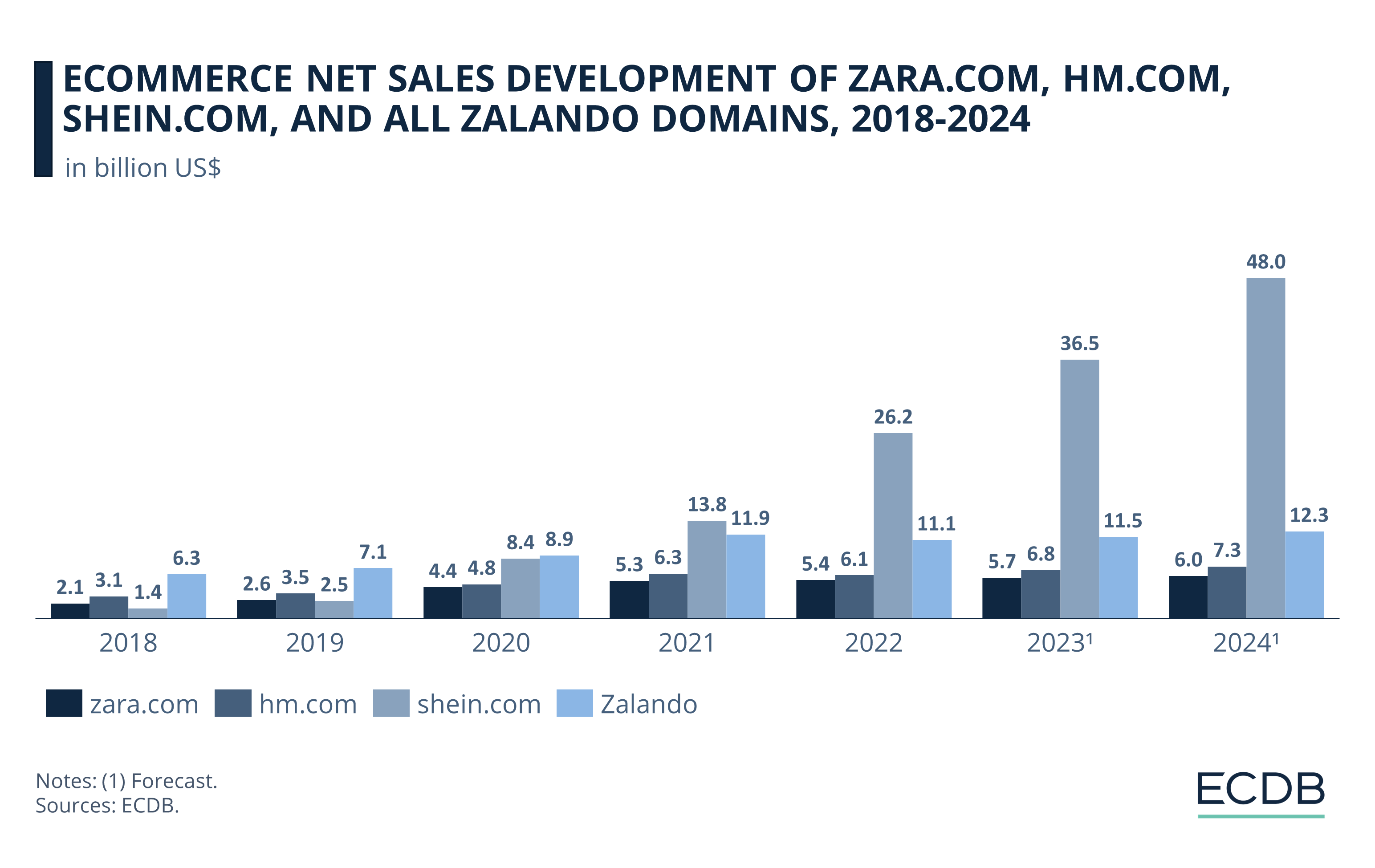eCommerce: Shein
Shein Workers Share Videos About Labor Conditions in Factories
A WIRED investigation analyzed videos that Shein warehouse workers uploaded on Chinese online platforms. Conditional payment and overexertion are common, hinting at an industy-wide issue.
Article by Nadine Koutsou-Wehling | September 27, 2024
Shein Working Conditions: Key Insights
User Videos on Online Platforms Detail Working Conditions: Taking advantage of government loopholes through "dispatch worker" status, Shein makes wages dependent on production. Workers therefore have to overexert themselves in order to receive the maximum payout.
Shein as a Prominent Example of a Wider Issue: The uncertainty and strain of labor in manufacturing facilities enables the cheap prices on Shein's eCommerce platform. But an industry-wide emphasis on keeping costs down implies that Shein is not the only case of labor loopholes being used to save on wages.
Shein workers are speaking out publicly about their working conditions on online platforms, laying bare the labor methods the eCommerce fashion retailer makes use of. By employing a large portion of its workforce as so-called "labor dispatch" workers, Shein ensures wage flexibility, which ultimately keeps costs down for the low prices offered on its website.
WIRED analyzed online videos posted by workers on Chinese online platforms detailing their everyday lives in a Shein factory – beyond the company's own paid-influencer narratives, first-hand information about what factory conditions are really like paints a bleaker picture.
Shein: Finding Workarounds to Regulations
In a video uploaded to the Chinese video platform Bilibili in October, a Shein warehouse worker talks about his accomplishment of picking 650 garments in one shift. The trade-off was that he couldn't take a single bathroom break during the workday. But the high number of items ensures that the worker will receive maximum pay, as it is common for Shein to pay warehouse workers according to the number of items they handle.
While this is in violation of Chinese labor laws, which require that workers work under written contracts and receive severance pay, companies find loopholes and workarounds to increase the allowable 10% of dispatch workers in their workforce. This means that wages can depend on production output and even fluctuate with the overall order situation.
Saving on labor and overworking staff is one of the ways Shein keeps costs down, allowing it to offer products to customers for just a few dollars. The price war is how Shein maintains its competitive edge and outperforms other fashion eCommerce platforms:

The fact is, all companies that source at least some of their products from Chinese factories face this problem. While some of them at least publicly pledge to investigate cases of violation of the 10% legal limit for dispatch workers, there is no company that does not want to cut costs. In addition, district officials in China have little incentive to crack down on factory violations because it keeps orders coming in from high-profile international clients.
Discover Our Data: Our frequently updated rankings provide essential insights to help your business thrive. Wondering which stores and companies are excelling in eCommerce? Interested in the top-performing categories? Find the answers in our rankings for companies, stores, and marketplaces. Stay competitive with ECDB.
The numerous accounts of daily life in a Shein factory confirm what has long been suspected. The question is whether it is worthwhile for brands looking to cut costs to emulate the strategy, knowing exactly where in the supply chain the cuts are being made. Shein itself revealed two cases of child labor in its sustainability report last month, and it is reasonable to assume that the real number is higher. Ultimately, though, consumers help by choosing which brands to spend money on and which to skip.
Sources: CNN

Click here for
more relevant insights from
our partner Mastercard.
Related insights
Deep Dive
What Countries Are Driving Revenues in the Global Online Smartphones Market?
What Countries Are Driving Revenues in the Global Online Smartphones Market?
Deep Dive
ByteDance Is Big on Personal Care, Powered by Content on Douyin and TikTok Shop
ByteDance Is Big on Personal Care, Powered by Content on Douyin and TikTok Shop
Deep Dive
The Top 10 eCommerce Markets and Their Growth Rates
The Top 10 eCommerce Markets and Their Growth Rates
Deep Dive
Older Consumers Drive Growth in the Chinese eCommerce Market
Older Consumers Drive Growth in the Chinese eCommerce Market
Deep Dive
Online Shopping in China: Where Chinese Consumers Shop Online
Online Shopping in China: Where Chinese Consumers Shop Online
Back to main topics
